Tequila – a word that conjures images of lively Mexican fiestas and spirited toasts. But there’s more to this beloved spirit than just shots and salt rims.
Did you know that tequila is derived from the blue agave plant, which takes a staggering 8-12 years to mature? Or that, contrary to popular myth, real tequila never harbors a worm in its bottle – that’s a mezcal tradition. And how about tequila being used as a remedy during the 1918 Spanish flu epidemic?
As we dive into these and more intriguing revelations, prepare to be surprised, amused, and educated with fun facts about tequila.
1. A Decade of Patience for Tequila’s Key Ingredient
Blue Agave, the cornerstone of tequila, embarks on a slow journey to maturity. Taking a remarkable 8-12 years to fully mature, these plants are a study in patience and careful cultivation.
Native to Mexico, they thrive in arid or semi-arid conditions, needing plenty of sunlight and minimal water. During their growth, they develop large, leathery leaves with spines and can reach heights of up to 7 feet. Intriguingly, they only flower once, producing a towering stalk up to 16 feet tall before their lifecycle ends.
This lengthy maturation directly influences the quality and flavor of the tequila produced, with older plants yielding a richer, more complex flavor profile.
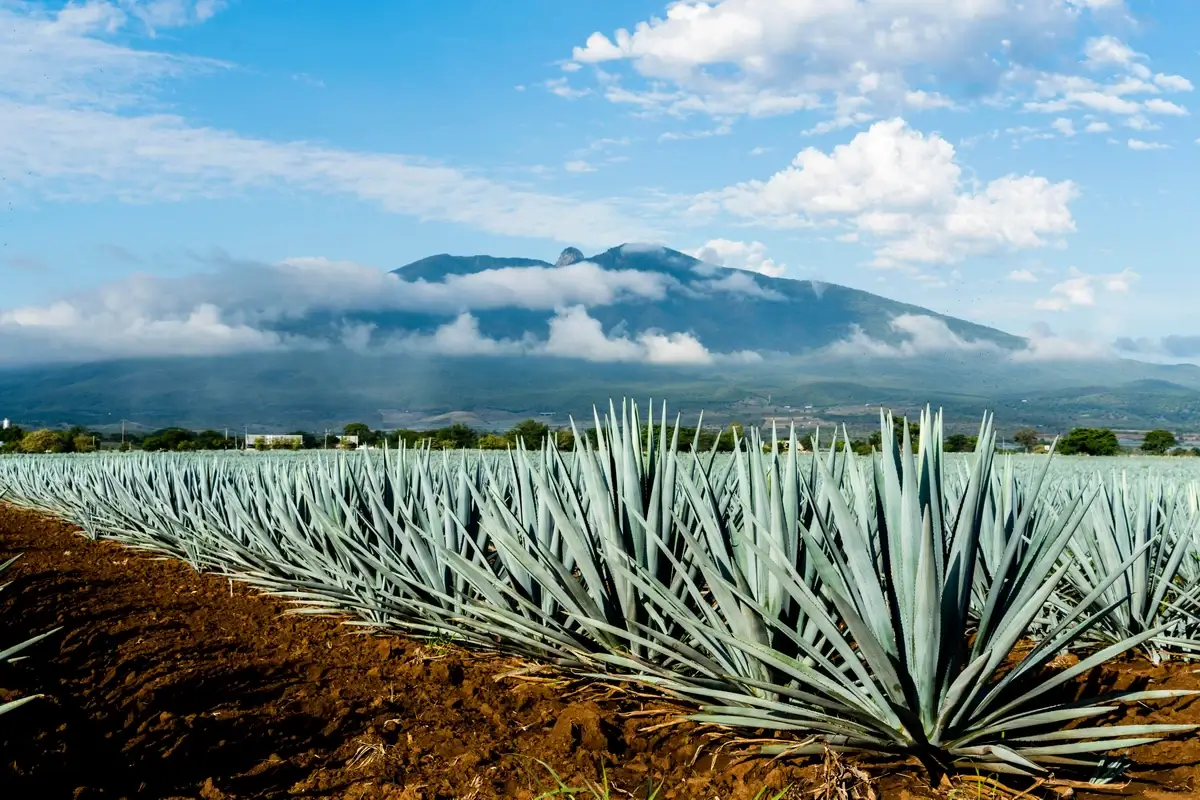
A sprawling field of blue agave plants. Image: forbes.com
2. Tequila’s Nahuatl Roots: A Name Shrouded in Mystery
The word “tequila” has intriguing and somewhat mysterious origins. While it’s widely acknowledged that the name comes from the Nahuatl language, the exact meaning remains a topic of debate among scholars.
Some interpretations suggest that “tequila” could be a combination of the Nahuatl words “tequitl” (work or task) and “tlan” (place), implying “place of work.” Others believe it might mean “the rock that cuts” or “the place of wild herbs.”
Despite these varied interpretations, the common thread in all these meanings points to a deep connection with the land and nature, reflecting tequila’s profound ties to the region and its people.
3. Teotihuacan’s Pulque: The Precursor to Tequila
The roots of tequila trace back to an ancient beverage called pulque, first made around 150 BC in Teotihuacan, a pre-Aztec civilization.
Unlike tequila, pulque is made from the maguey plant’s fermented sap, a relative of agave. This milky-white liquor was a staple, not just for elite consumption but for the general populace, providing nutrition and complementing diets, especially when other staples were scarce.
Its importance in Teotihuacan’s flourishing society is now confirmed through recent chemical analyses of pottery shards, revealing its significant role in Mesoamerican culture.
4. Tequila’s Taste: Shaped by Terroir
Tequila’s unique flavor is significantly influenced by terroir – the specific environment where blue agave grows. Factors like soil composition, climate, and altitude in regions such as the highlands and lowlands of Jalisco, Mexico, impart distinct characteristics to the agave.
Highland agaves tend to produce sweeter, fruitier tequilas, while lowland agaves yield tequilas with earthier, spicier notes, showcasing how terroir plays a crucial role in the spirit’s diverse flavor profile.
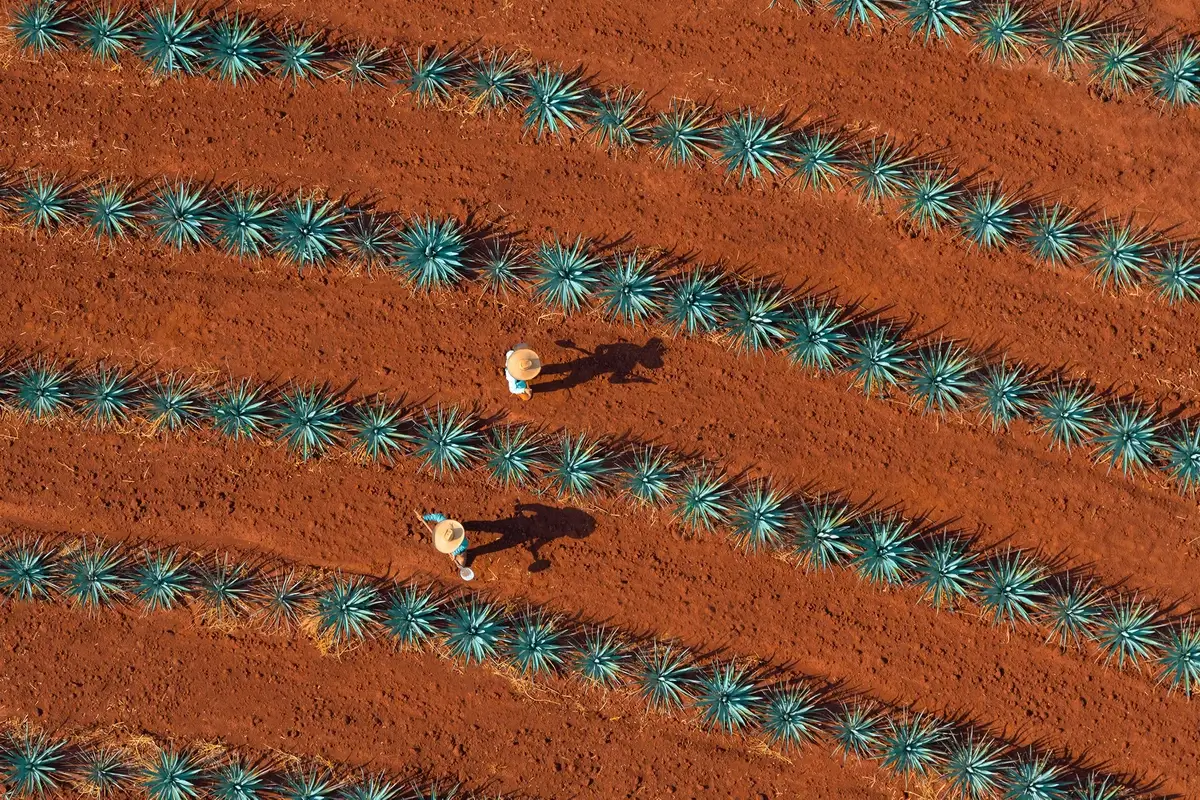
Image: prnewswire.com
5. Tequila Classifications: From Blanco to Extra Añejo
Tequila, a spirit rich in tradition and taste, is classified into five distinct categories based on its aging process. Each type offers a unique flavor profile and experience.
- Blanco Tequila: Also known as silver or plata, Blanco is the purest form of tequila, bottled immediately or shortly after distillation. It’s clear, typically agave-forward in flavor, with notes of citrus and pepper.
- Joven Tequila: This variety blends Blanco with a small amount of aged tequila or is aged briefly. It’s also known as gold tequila and offers a balance between the raw agave flavor and subtle woody notes.
- Reposado Tequila: Aged between 60 to 364 days, Reposado tequila takes on a golden hue. The aging in oak barrels imparts flavors of oak and vanilla alongside the agave, resulting in a smoother spirit.
- Añejo Tequila: Aged for a minimum of one year but less than three, Añejo features a deeper amber color. Its flavor is a complex blend of caramel, oak, and toffee notes, still highlighting the agave essence.
- Extra Añejo Tequila: The most aged category, Extra Añejo, is matured for at least three years. It offers the richest, most complex flavors, including smoke, oak, and honey, making it a premium choice for sipping.
These classifications showcase tequila’s versatility, from the crisp, clear Blanco ideal for cocktails to the nuanced, sophisticated flavors of Extra Añejo, best enjoyed neat.
6. Agave Piña: The Essence of Tequila
In the heart of every tequila lies the agave’s piña, a core that embodies the spirit’s essence. Weighing up to 200 pounds and harvested after a 7-12 year maturation, these piñas are native to Mexico’s Jalisco region. The unique terroir, with its volcanic soil, enriches the piñas with sugars essential for tequila’s distinctive flavor.
The piñas are cooked, crushed, and fermented, a process steeped in tradition, transforming them into the celebrated Mexican spirit.
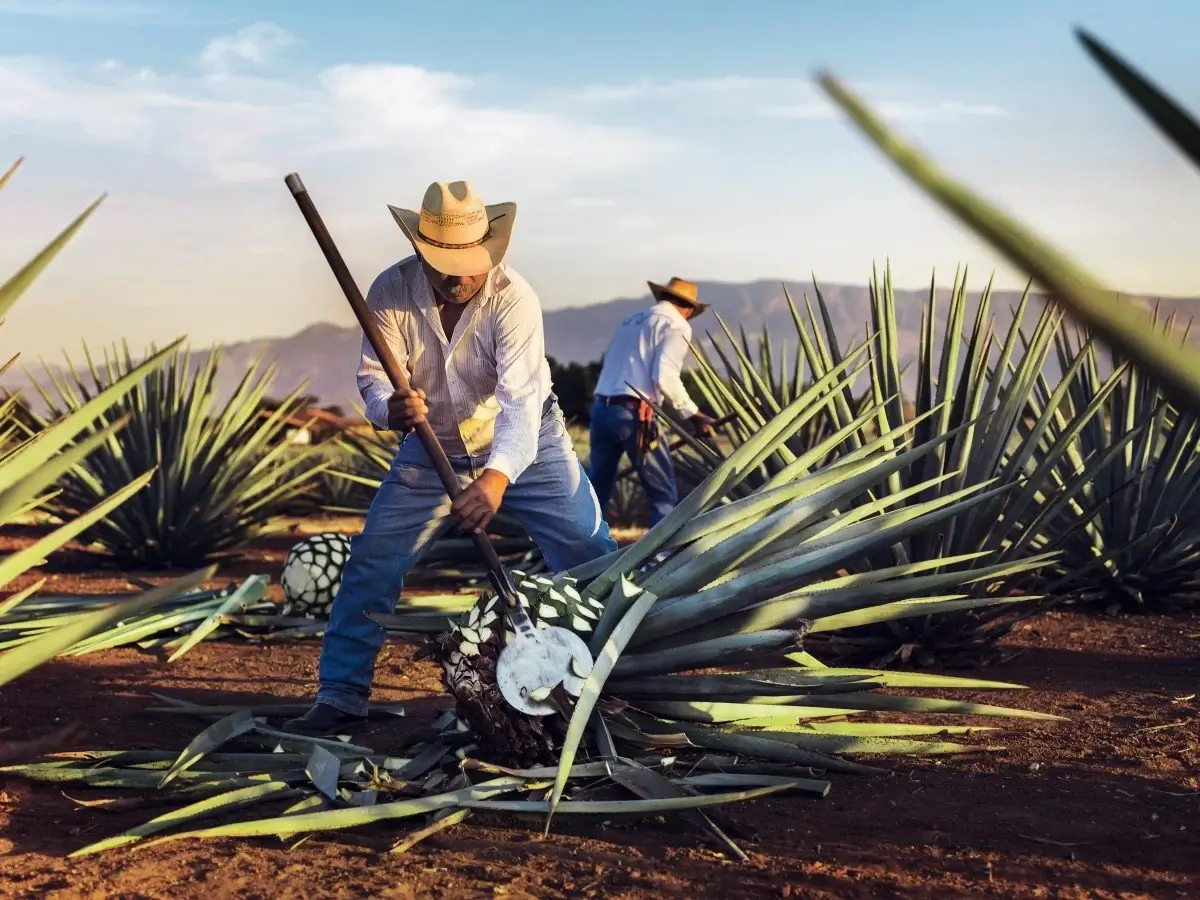
A jimador harvesting the piña from an agave plant. Image: mundocuervo.com
7. Geographic Authenticity of Tequila
True tequila must hail from specific regions in Mexico, akin to Champagne’s regional identity. Predominantly produced in Jalisco, including the iconic town of Tequila, its authenticity extends to parts of Guanajuato, Michoacán, Nayarit, and Tamaulipas.
This geographical denomination safeguards tequila’s unique qualities, ensuring that the blue agave’s cultivation reflects the distinct terroir of these areas, thus preserving the spirit’s heritage and integrity.
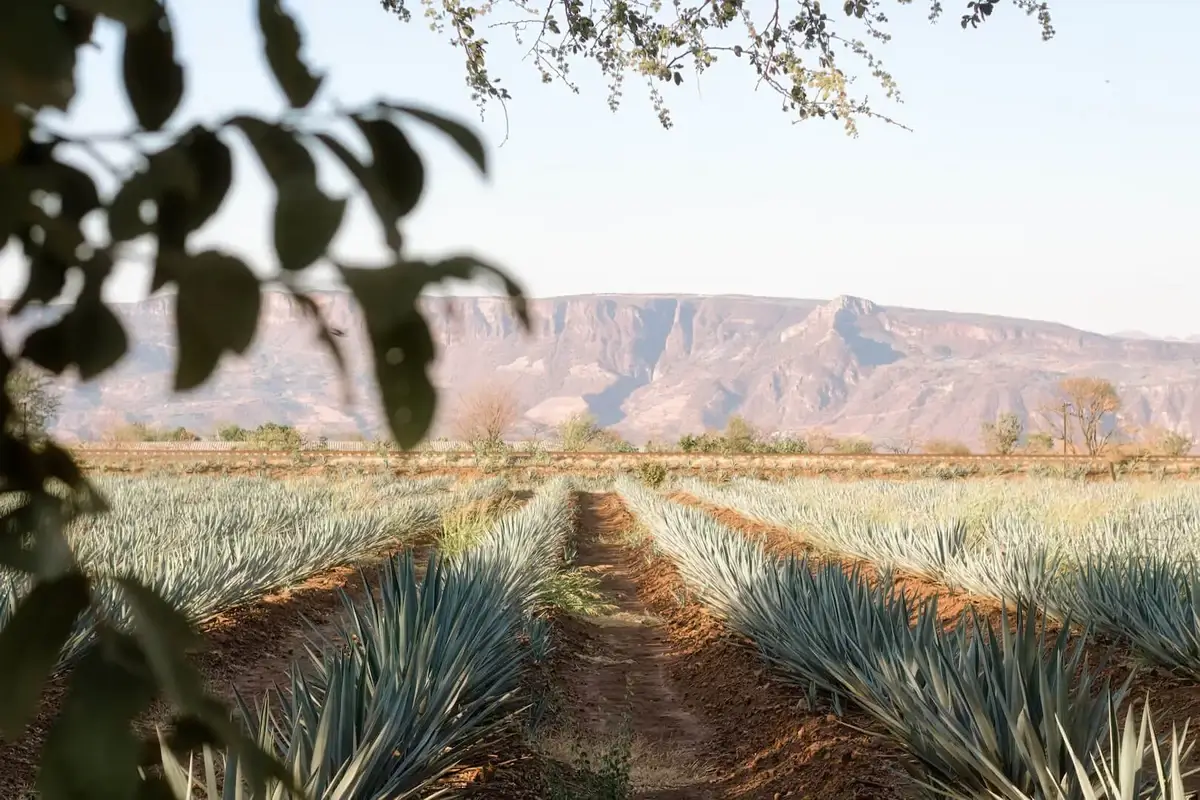
The agave landscape of Jalisco, Mexico. Image: travelifyou.com
8. Tequila Worm: A Mezcal Myth
Contrary to popular belief, real tequila never contains a worm. This myth stems from mezcal, where occasionally a moth larva, or ‘gusano,’ is added.
The gusano feeds on the agave plant, which is used to make mezcal. Originating as a marketing strategy in the 1940s or 50s, the worm was included to differentiate mezcal from tequila, especially in the American market.
In Mexican cuisine, these larvae are a delicacy, used in dishes or as ‘sal de gusano,’ a seasoning.
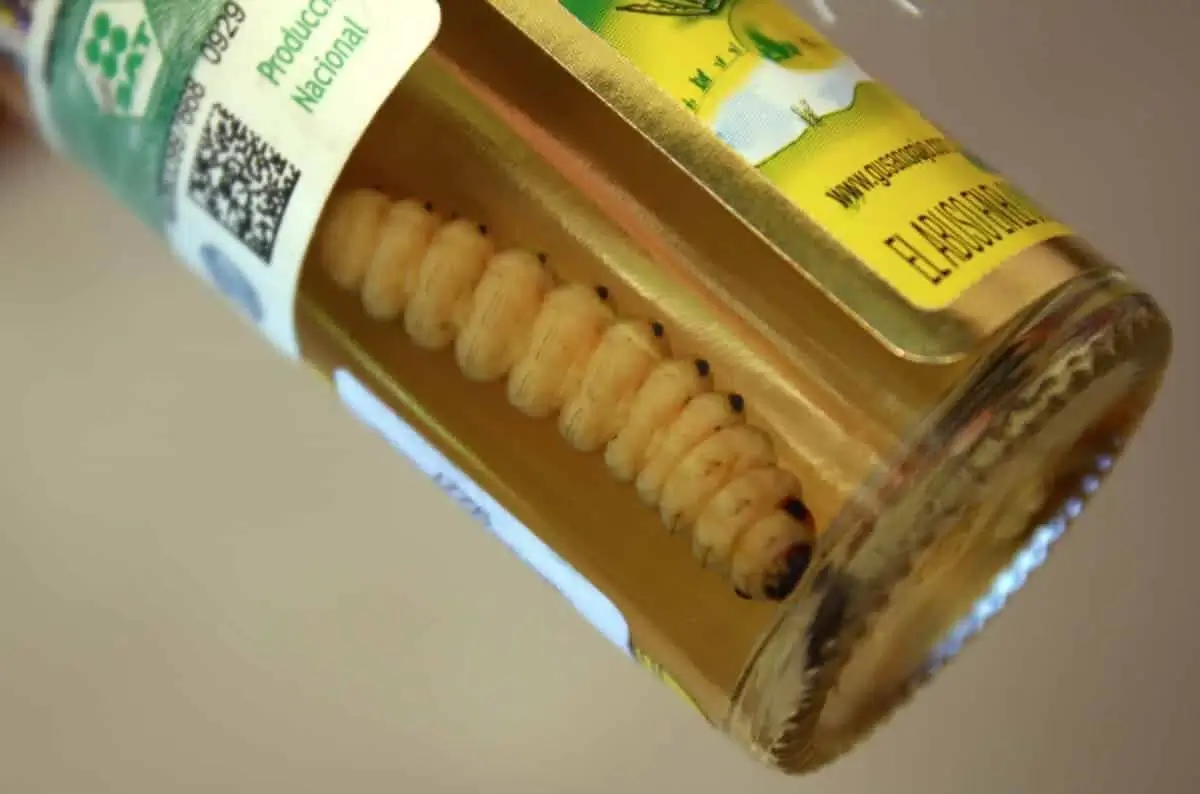
Close-up of a mezcal bottle with a worm. Image: smartblend.co.uk
9. The World’s Most Expensive Tequila
Tequila Ley .925 Diamante set the record for the priciest tequila bottle at $3.5 million. This luxury bottle is crafted from 4.4 pounds of platinum and adorned with over 4,100 white diamonds.
Containing extra añejo tequila aged for seven years, it blends exquisite taste with unrivaled craftsmanship.

The dazzling Ley .925 Diamante bottle. Image: ley925.com
10. Tequila: A Stringently Regulated Spirit
In the world of spirits, tequila stands out for its meticulous regulation. Every Weber blue agave plant, the essential ingredient for tequila, is not just grown but also numbered and registered.
This precise tracking system, implemented by the Mexican government, ensures the authenticity and quality of tequila. It allows regulators to trace each bottle back to its agave source, ensuring that the strict geographical and production standards are met.
This level of oversight is unparalleled in the spirits industry, highlighting tequila’s protected status and its cultural significance in Mexico.
11. Mixto Tequila: A Blend Beyond Borders
Tequila produced outside of Mexico is classified as ‘Mixto.’ Unlike traditional tequila, which requires 100% blue agave, Mixto tequilas can contain up to 49% non-agave sugars. This distinction significantly impacts the flavor profile and quality.
Mixto tequilas blend agave with other sugars, often resulting in a lighter, less complex flavor compared to pure agave tequilas, and are typically more affordable.
12. Celebrating National Tequila Day
National Tequila Day, celebrated annually on July 24th, is a day dedicated to honoring Mexico’s iconic spirit, tequila. This day is marked by tequila enthusiasts worldwide, indulging in various tequila-based drinks, exploring different brands and styles, and learning about tequila’s rich cultural heritage.
It’s a day for both connoisseurs and casual fans to appreciate the flavors, history, and craftsmanship that go into every bottle of tequila.
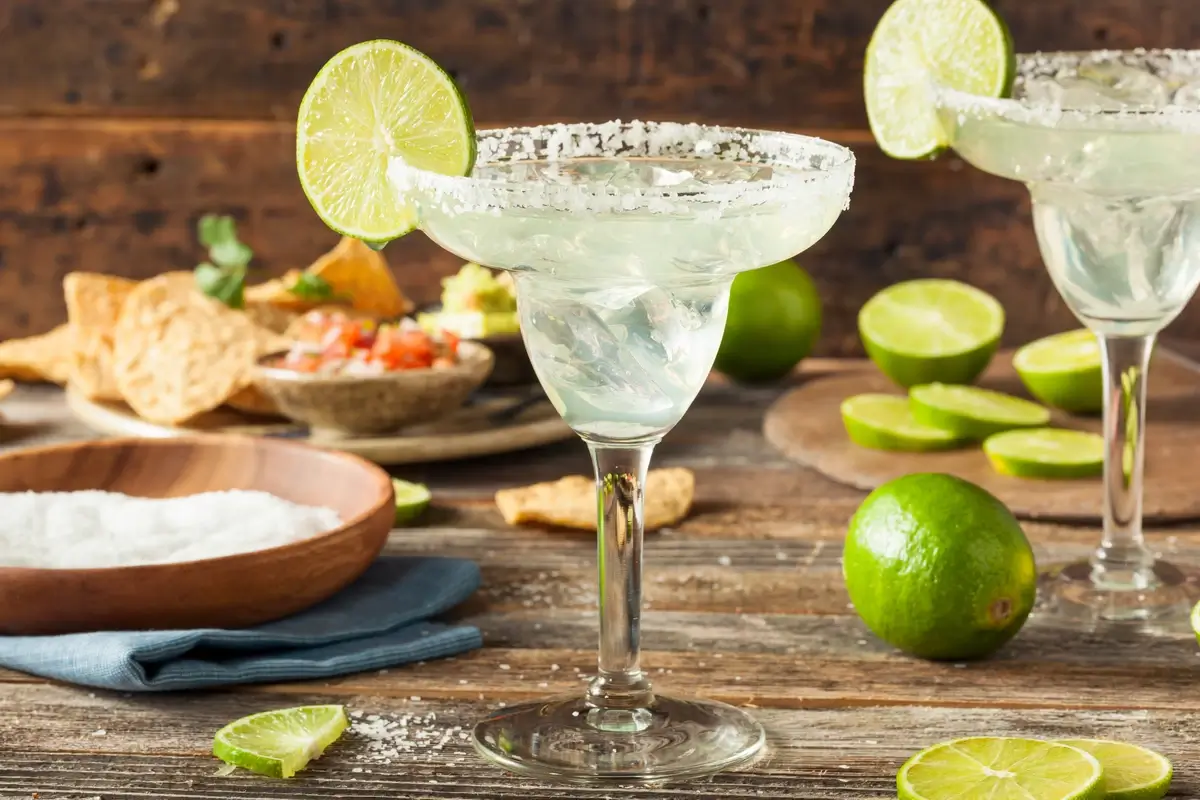
Image: arrivalguides.com
13. The Jimador: Guardian of Agave
Jimadors play an indispensable role in tequila making. Specialized farmers, they are tasked with the harvesting of agave plants, the foundational ingredient of tequila.
The jimador expertly wields a tool called a coa, akin to a round knife on a pole, to skillfully remove the agave from the soil and extract the plant’s heart, or piña. This piña is then processed to create tequila, making the jimador’s role critical in defining the spirit’s quality.

Image: whalebonemag.com
14. Tequila: A Pillar of Mexico’s Economy
The tequila industry is a cornerstone of Mexico’s economy, significantly contributing to employment and tourism. This iconic spirit’s production chain employs over 70,000 people directly and supports numerous indirect jobs. Tequila exports have shown remarkable growth, with over 222 million liters exported in 2019, amounting to more than $1.3 billion in value.
This global demand boosts Mexico’s international trade and attracts tourists, keen to experience tequila culture, further enhancing economic benefits. The industry’s commitment to sustainability and cultural preservation also adds to its economic impact, making tequila a symbol of Mexican heritage and economic resilience.
15. The Art of Double Distillation in Tequila
Tequila undergoes a double distillation process essential for achieving its unique flavor and high quality. This process, mandated by the Mexican standard NOM-006, includes two stages: the first distillation produces a product called ordinario, and the second distillation further refines it into tequila.
Distillation can be done in stills or towers, with stills preferred for enhancing sensory notes. This meticulous procedure is a key aspect of tequila production, contributing to its distinct characteristics and premium quality.
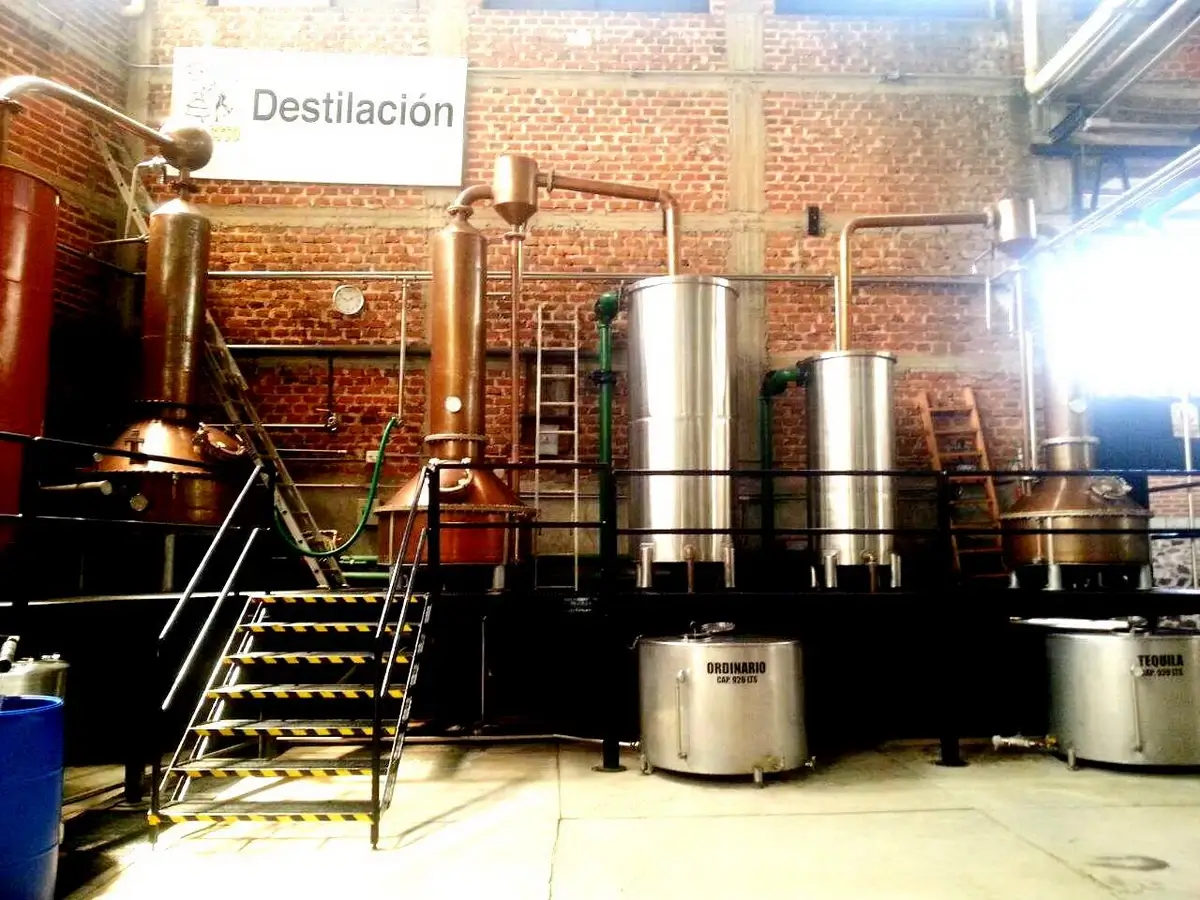
The distillation process in a tequila factory. Image: wineandspirit.com
FAQ
Why is it called tequila?
Tequila is named after the town of Tequila in the state of Jalisco, Mexico, where it originated. The name “Tequila” is derived from the Nahuatl (Aztec language) words “tequitl” (work, duty, job or task) and “tlan” (place), signifying a place of work. It’s believed to mean “the place of harvesting plants” or “the place of wild herbs.” Tequila is made from the blue agave plant, predominantly grown in the surrounding region of the town of Tequila.
Who is the father of tequila?
The title “father of tequila” is often attributed to Don Pedro Sánchez de Tagle, the Marquis of Altamira. In the early 17th century, he started mass producing tequila at the first factory in the territory of modern-day Jalisco. His significant contributions to the development and production of tequila played a pivotal role in making the beverage a staple in Mexican culture and an internationally recognized spirit.
What country is known for tequila?
Mexico is the country famously known for tequila. By law, tequila can only be produced in certain regions of Mexico, primarily in the state of Jalisco, but also in limited regions of Guanajuato, Michoacán, Nayarit, and Tamaulipas. This geographical indication is similar to how certain wines and spirits, like Champagne and Cognac, are linked to specific regions in France. The unique climate and soil conditions in these areas are ideal for growing the blue agave plant, which is the essential ingredient in traditional tequila.
What is the spirituality of tequila?
The spirituality of tequila can be seen in its cultural and historical significance in Mexico. For many, it embodies the spirit of Mexican identity and tradition, representing more than just a beverage. In pre-Hispanic times, the indigenous peoples of Mexico used agave for religious rituals and as a medicinal plant. The fermentation of agave was also known to have been used in ceremonial drinks. Today, tequila plays a part in various social and cultural rituals, symbolizing celebration, camaraderie, and sometimes even a rite of passage. Its deep roots in Mexican heritage and folklore lend it a spiritual aspect that goes beyond its physical consumption.







